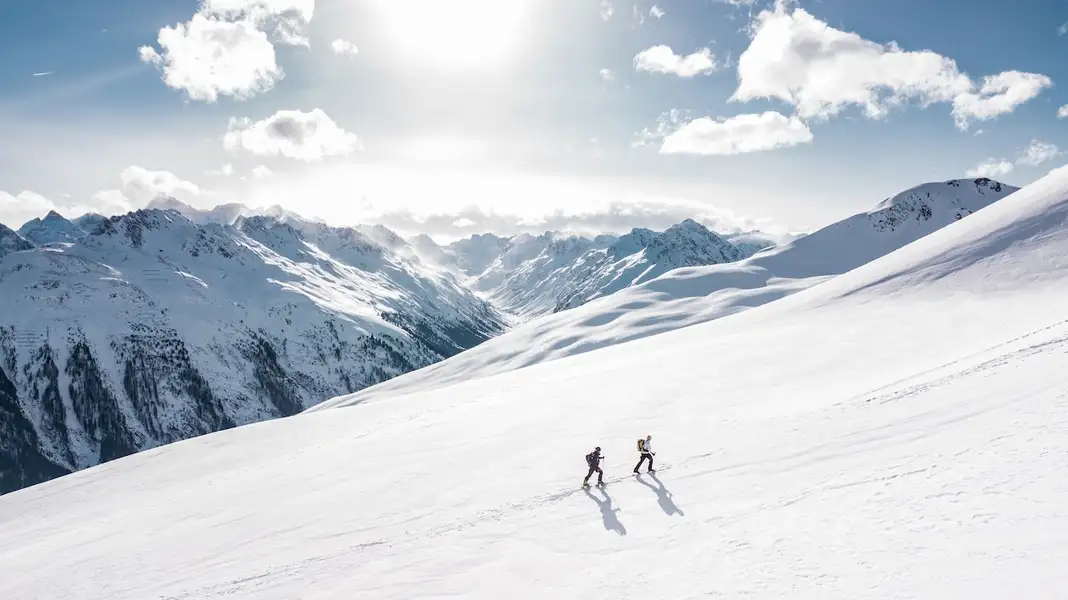When it comes to mountaineering, the two most challenging and iconic peaks are, without a doubt, Mount Everest and Annapurna. With elevation gains of 8,848 meters and 8,091 meters, these two mountains pose some of the toughest challenges for climbers looking to reach the summit. Both ascents require intense preparation in terms of fitness and climbing experience. The most challenging hike depends on the individual’s experience and physical capability, but it is generally accepted that the Everest base camp is more challenging than Annapurna.
Challenges of Mount Everest base camp
Mount Everest base camp has several challenges that hikers must consider before climbing. These considerations will help hikers prepare for the climb and ensure they are adequately prepared for the journey. Additionally, these considerations are essential to staying safe while ascending the mountain.
Altitude sickness
Altitude sickness is one of the most common challenges hikers face when climbing up to Everest base camp. As climbers ascend higher and higher, their bodies must adjust to the lower amount of oxygen in the air. It can cause breathing problems, headaches, nausea, fatigue, dizziness, and other symptoms that can make it difficult for climbers to reach their destination.
Difficult terrain
The terrain of Everest base camp is often unpredictable and challenging. Without adequate experience or preparation, navigating these arduous trails can be an uphill battle. Hikers are exposed to steep inclines and rocky paths, requiring more attention and endurance than usual hikes. Additionally, the weather and climate can change quickly, making it even more difficult for climbers to reach their destination.
Weather conditions
The weather on Everest is unpredictable and can change quickly. Heavy snowfall, high winds, and other extreme conditions can make the hike more difficult for unprepared climbers. Additionally, the low temperatures and lack of oxygen at higher altitudes can make it difficult for climbers to stay warm and comfortable during their climb.
Avalanche risk
Everest has a much higher avalanche risk than Annapurna, making it dangerous for hikers who are not well-equipped or have adequate experience in dealing with such situations. Avalanches frequently occur during peak season and can be triggered by light winds and vibrations from other climbers, making it difficult for hikers to climb safely.
Limited resources
The resources available to climbers on Everest are limited. Climbers must bring their food and supplies, as the mountain does not have any stores or restaurants where hikers can get supplies. Additionally, the cold and unpredictable weather can make it difficult for hikers to stay warm and comfortable during their climb.
Challenges of Annapurna
When deciding between Mount Everest and Annapurna, hikers must compare the challenges to ensure they make the appropriate decision. The challenges of Annapurna are slightly different from those of Everest, but they still pose a difficult challenge for climbers. When considering the Annapurna treks, hikers must research and prepare accordingly to ensure they are adequately prepared for their journey.
Difficult terrain
The Annapurna trail is often steep and rocky, with inclines that can be difficult for hikers to navigate. It is also known to have loose rocks and slippery surfaces, making it essential for hikers to take extra precautions while climbing. Additionally, Annapurna has a much greater range of climates than Everest, which means that hikers must be prepared for extremes in temperatures and weather conditions.
Limited access
Annapurna is not accessible by road, making it difficult for hikers to reach their destination. Hikers must hike up the mountain or use a helicopter to get to Annapurna base camp, and getting back down can be equally as challenging. Additionally, Annapurna does not have any stores or restaurants where climbers can get supplies, making it essential for hikers to bring their food, water, and supplies.
Limited availability of medical services
In case of an emergency, Annapurna does not have the same medical facilities that Everest has. The nearest medical center is in Kathmandu, several days away from Annapurna, making it difficult to access if someone gets injured or falls ill while on the trek. Moreover, medical supplies and personnel are limited and, in some cases, may not be available during peak season.
Risk of altitude sickness
The Annapurna range is at a much higher altitude than Everest, which means that hikers can experience more severe symptoms of altitude sickness, such as headaches, fatigue, nausea, and dizziness. Hikers must be aware of the symptoms and take precautions to prevent altitude sickness while on the trek.
Dangerous wildlife
Annapurna is home to several dangerous animals, such as leopards, bears, and wild boars, which can make it difficult for hikers to safely traverse the terrain. Hikers should be aware of the dangers and take extra precautions to keep themselves safe while on Annapurna. Additionally, it is crucial to follow safety guidelines while hiking in these areas.
